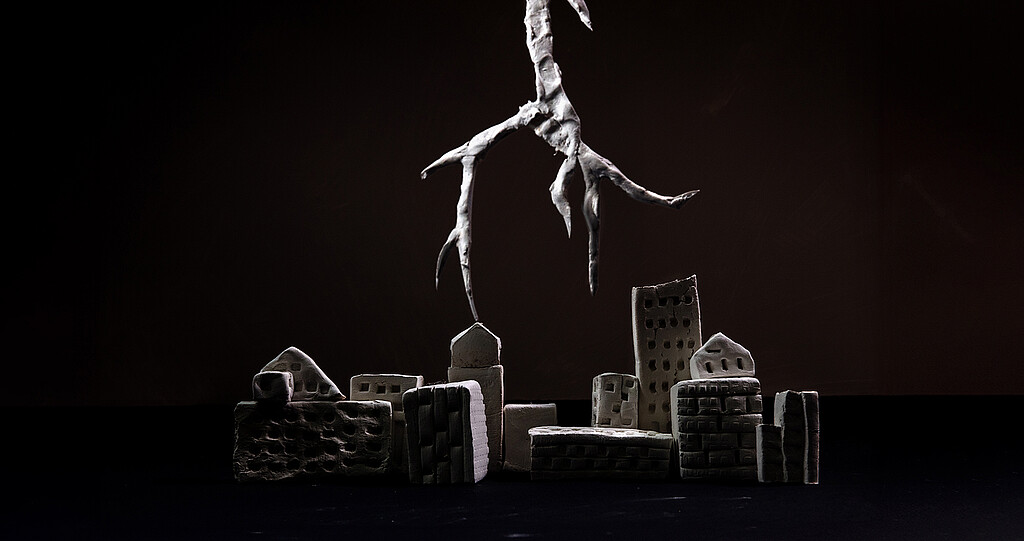The Blitz in figures
Around 60,000 to 80,000 lightning strikes occur in Switzerland every year. These main lightning strikes are often accompanied by one or two secondary lightning strikes, which is why there are around 150,000 lightning strikes per year.
Lightning is directly or indirectly dangerous for humans and animals. On the one hand, lightning is deadly due to the extremely high temperature of up to 30,000 degrees; on the other hand, it is life-threatening due to the voltage difference - even at great distances. However, lightning is much more likely to cause fires and faults.
MeteoSwiss has had comprehensive data on lightning strikes since 2000. The analysis shows that 1 to 2.5 lightning strikes per year and square kilometre are recorded on the Central Plateau. In ridge and summit locations, there are over 3 strikes per year/km2. The frequency is highest at low altitudes in southern Ticino, with over 3 lightning strikes per year/km2.

The Swiss Federal Institute for Forest, Snow and Landscape Research (WSL) assumes that forest fires caused by lightning will increase in Switzerland due to climate change and is conducting research in this area.
Effective measures
Experts from science and practice
The VDE Committee for Lightning Protection and Lightning Research (VDE ABB) is a role model in Germany. It brings together German-speaking experts from science and practice and offers information, further training and events on the subject of lightning. In Switzerland, the Association for Electrical, Energy and Information Technology, Electrosuisse, provides information on lightning protection and correct behaviour.



